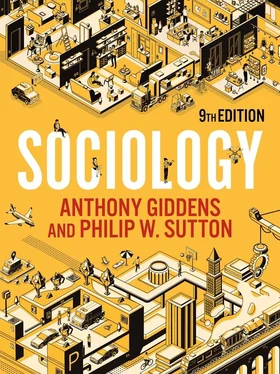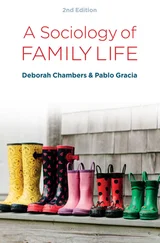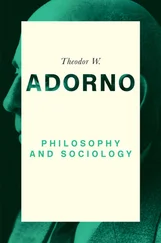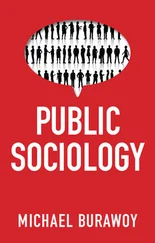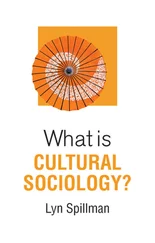Even today, fires still cause harm, destroying forests, homes, families and businesses. Fire is always threatening to escape the control of human societies, however firmly established that control might seem. The sociological lesson we can take from this study is that the relationship between human societies and the natural environment is an unavoidable two-way process: human societies try to exert control over the natural environment, but, as they do so, the natural environment also imposes certain constraints and requirements on them.
European explorers, traders and missionaries from the early fifteenth century reported back on the variety of human societies, cultures and ways of life. They recorded small-scale, nomadic, hunter-gatherer groups of just twenty or thirty people who survived by eating wild animals and plants. In parts of South and North America and East Asia were larger, quite settled communities based on agriculture and farming. In China and elsewhere they also found empires with cities, class groups, palaces and armed forces (Harris 1978).
This variety of major human groups and societies can be roughly organized into three main categories: hunters and gatherers , larger agrarian and pastoral societies (involving agriculture or the tending of domesticated animals) and traditional states and civilizations . As table 4.1 shows, successive societal types tended to increase the size of the global human population.
Around 20,000 BCE – the peak of the last Ice Age – some hunting and gathering societies began to raise domesticated animals and cultivate fixed plots of land as their means of livelihood, and by 5000 BCE many groups and societies across the world lived by farming (Mithen 2003). Pastoral societies are those that rely mainly on domesticated livestock, while agrarian societies are those that grow crops (practise agriculture), though many societies have had mixed pastoral and agrarian economies.
Depending on their environment, pastoralists rear and herd animals such as cattle, sheep, goats, camels and horses. Many pastoral societies still exist, concentrated especially in parts of Africa, the Middle East and Central Asia. These societies are usually found in regions with dense grasslands, deserts or mountains that are not amenable to agriculture but may support livestock. Pastoral communities usually migrate across different areas according to seasonal changes. Given their nomadic lifestyle, people in pastoral societies do not normally accumulate many material possessions, although their way of life is more complex in material terms than that of hunters and gatherers.
Table 4.1 Types of pre-modern human society
| Type |
Period of existence |
Characteristics |
| Hunting and gathering societies |
50,000 BCE to the present. Today on the verge of disappearance. |
Small numbers gaining a livelihood from hunting, fishing and gathering edible plants.Few inequalities.Differences of rank limited by age and gender. |
| Agrarian societies |
12,000 BCE to the present. Most are now part of larger political entities, thus losing their distinct identity. |
Based on small rural communities without towns or cities.Livelihood through agriculture, often supplemented by hunting and gathering.Stronger inequalities than hunters and gatherers.Ruled by chiefs. |
| Pastoral societies |
12,000 BCE to the present. Today mostly part of larger states; traditional ways of life are being undermined. |
Size ranges from a few hundred people to many thousands.Dependent on tending domesticated animals for subsistence.Marked by distinct inequalities.Ruled by chiefs or warrior kings. |
| Traditional societies or civilizations |
6000 BCE to the nineteenth century. All traditional civilizations have now disappeared. |
Very large in size, some numbering several millions of people.Some cities exist, in which trade and manufacture are concentrated.Based largely on agriculture.Major inequalities exist among different classes.Distinct government apparatus headed by a king or emperor. |
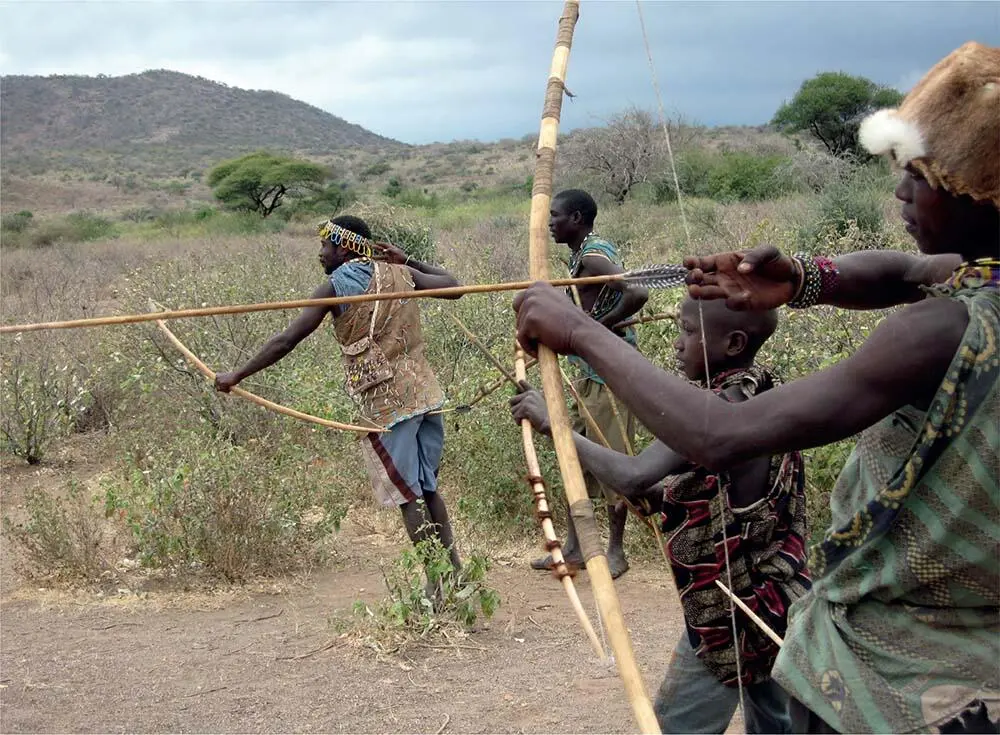
Several hundred people of the Hadza tribe continue to live as hunter-gatherers, the last of their kind in East Africa. Survival International estimates that the Hadza have lost about half of their land over the last sixty years.
At some point, some hunting and gathering groups began to sow their own crops. This practice first developed as ‘horticulture’, where small areas were cultivated using hoes and digging tools. Like pastoralism, horticulture provided a more secure food supply than was possible by hunting and gathering and could therefore support larger communities. Since they were more settled, people could then develop larger stocks of material possessions than either hunting and gathering or pastoral communities. As table 4.2 shows, only a small minority of people in the industrialized countries today still work on the land, though agriculture remains a significant or primary source of employment for numerous developing countries, most of them in Africa. Since originating in Africa, the long-term direction of human life was towards settled agriculture and, as a result, a rising global population.
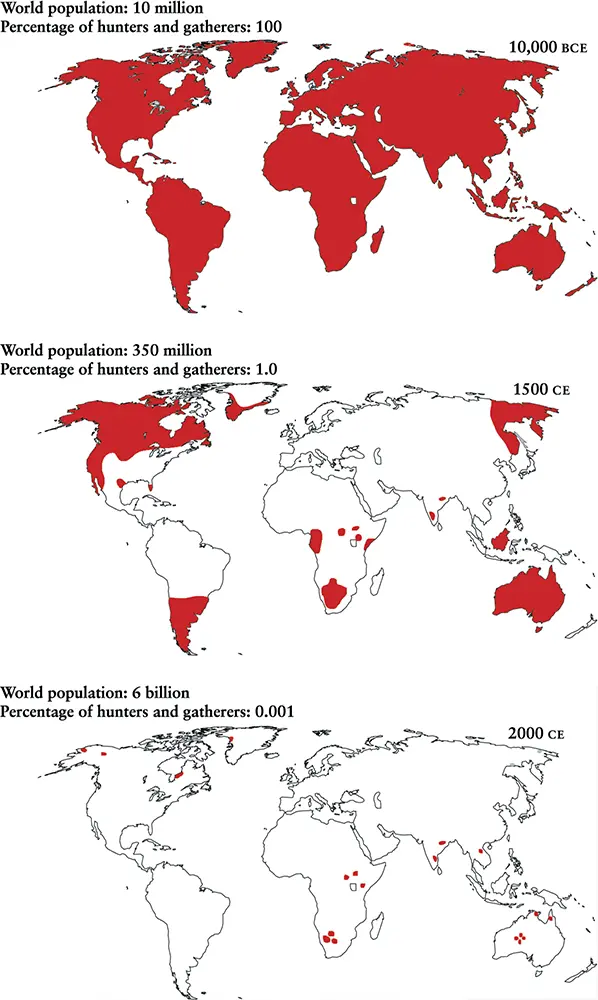
Figure 4.1The decline of hunting and gathering societies
Source : Lee and De Vore (1968: ii).
Table 4.2 Agricultural employment (percentage of workforce), selected countries, 2019
Note : Figures based on the most recent national estimates available.
Source : Adapted from CIA World Factbook online (2019).
| Country |
Percentage of workers in agriculture |
| Burundi |
92 |
| Chad |
81 |
| Central African Republic |
72 |
| Malawi |
72 |
| Mozambique |
71 |
|
The impact of industrialization |
| Australia |
3 |
| Japan |
3 |
| Netherlands |
2 |
| United States |
1 |
| Germany |
1 |
Traditional civilizations
Archaeologists have found evidence of much larger societies than existed previously, from around 6000 BCE (see figure 4.2). These societies were based on the development of cities and had pronounced inequalities of wealth and power associated with the rule of kings or emperors. Because they used writing, science and art flourished, and they are usually described as civilizations .
The earliest large civilizations developed in the Middle East, usually in fertile river areas. The Chinese Empire originated around 2000 BCE, when powerful states were also founded in what are now India and Pakistan, and a number of large civilizations existed in Mexico and Latin America, such as the Aztecs of Mexico, the Mayas of the Yucatan peninsula and the Incas of Peru. Most traditional civilizations were also empires – that is, they expanded through the conquest and incorporation of other peoples (Kautsky 1982). This was true, for instance, of traditional China and Rome. At its peak, in the first century CE, the Roman Empire stretched from Britain in North-West Europe to beyond the Middle East. The Chinese Empire, which lasted more than 2,000 years, up to the threshold of the twentieth century, covered most of the region of eastern Asia now occupied by China.
Читать дальше
